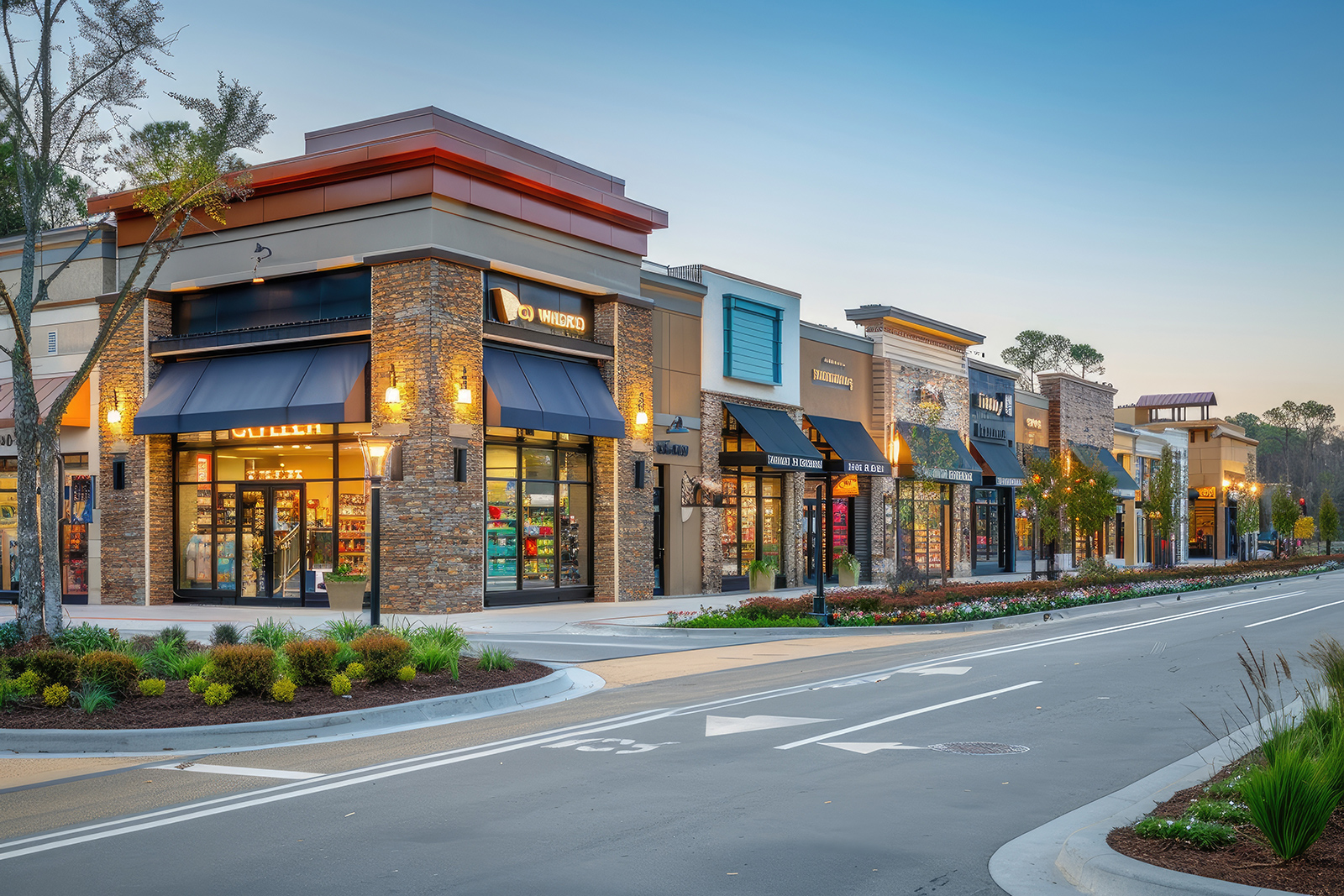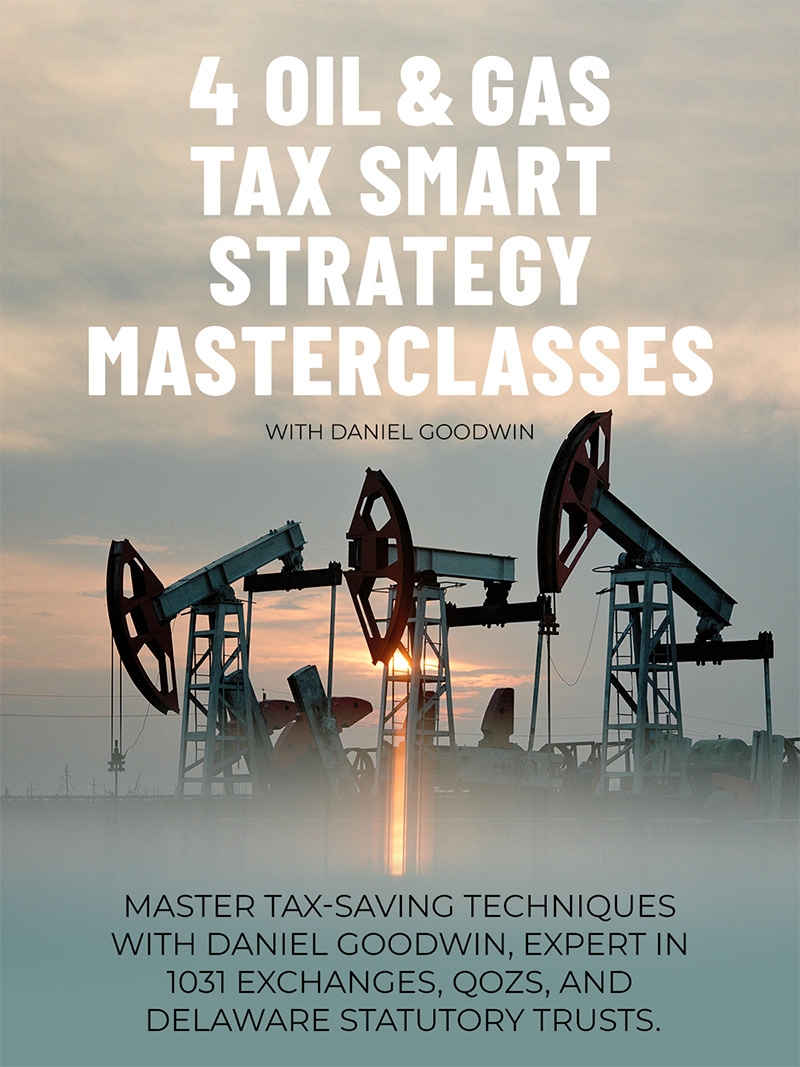Opportunity Zones at a Crossroads: What’s Next for This Tax Incentive Program?

As the 2026 deadline looms, Opportunity Zones stand at a critical crossroads. This innovative tax incentive program, created by the 2017 Tax Cuts and Jobs Act, faces an uncertain future that could reshape its impact on economically distressed communities nationwide.
As 2025 unfolds, one of America’s most ambitious economic development initiatives stands at a crucial turning point. Opportunity Zones, the tax incentive program designed to drive private investment into economically distressed communities, is approaching its sunset date of 2026. With billions already invested and communities across the nation experiencing varying degrees of transformation, stakeholders are anxiously watching Washington for signals about what comes next.
A Program on the Brink
The Opportunity Zone initiative, created through the 2017 Tax Cuts and Jobs Act, offered significant tax advantages to investors who redirected capital gains into designated low-income communities. Now in its eighth year, the program faces an uncertain future that hinges on complex political and economic considerations.
The question isn’t just whether Opportunity Zones will continue; it’s more about how they might evolve to address both successes and shortcomings revealed during the program’s initial phase.
The Political Landscape: Complex Pathways to Extension
The road to extending Opportunity Zones runs through a complex legislative landscape. While there appears to be bipartisan appreciation for the program’s goals, the politics of tax legislation rarely follow a straightforward path.
Any extension or modification must navigate competing priorities within broader tax discussions. The House has already approved a budget framework that could eventually accommodate OZ provisions, but the process of translating this framework into concrete legislation involves numerous hurdles.
The timeline for action remains uncertain.
Beyond Simple Extension: Reimagining Opportunity Zones
While much attention focuses on extending deadlines, policymakers are also considering more substantial reforms that could reshape the program’s future impact.
Some proposals would allow states to designate new Opportunity Zones using updated economic data, acknowledging that conditions have changed significantly since the original selections in 2018. Others focus on creating specialized incentives for rural areas, which have generally attracted less investment than their urban counterparts despite significant economic challenges.
More ambitious suggestions would transform Opportunity Zones from a temporary initiative into a permanent feature of the tax code, providing long-term certainty for investors and communities alike.
What This Means for Investors and Communities
The approaching expiration creates both challenges and opportunities for different stakeholders in the Opportunity Zone ecosystem.
For investors, the uncertainty raises questions about timing and strategy. Should they accelerate investment plans to ensure participation under current rules? Or wait to see if more favorable terms emerge from legislative changes?
For community leaders, the situation creates urgency around demonstrating successful outcomes and communicating needs to policymakers who will shape the program’s future.
Looking Ahead: Critical Months
The coming months represent a critical window for shaping the future of Opportunity Zones. As Treasury officials, congressional committees, and industry stakeholders engage in increasingly detailed discussions, the outlines of potential legislation will emerge more clearly.
The stakes are high – not just for investors seeking tax advantages, but for communities hoping to build on economic momentum or finally attract the investment that has eluded them during the program’s initial phase.
What seems clear is that Opportunity Zones have established a new model for public-private partnership in community development – one that has shown enough promise to merit serious consideration for continuation and refinement.
For a comprehensive analysis of the political landscape, legislative pathways, and policy options being considered for Opportunity Zones beyond 2026, read my upcoming article in Kiplinger.










